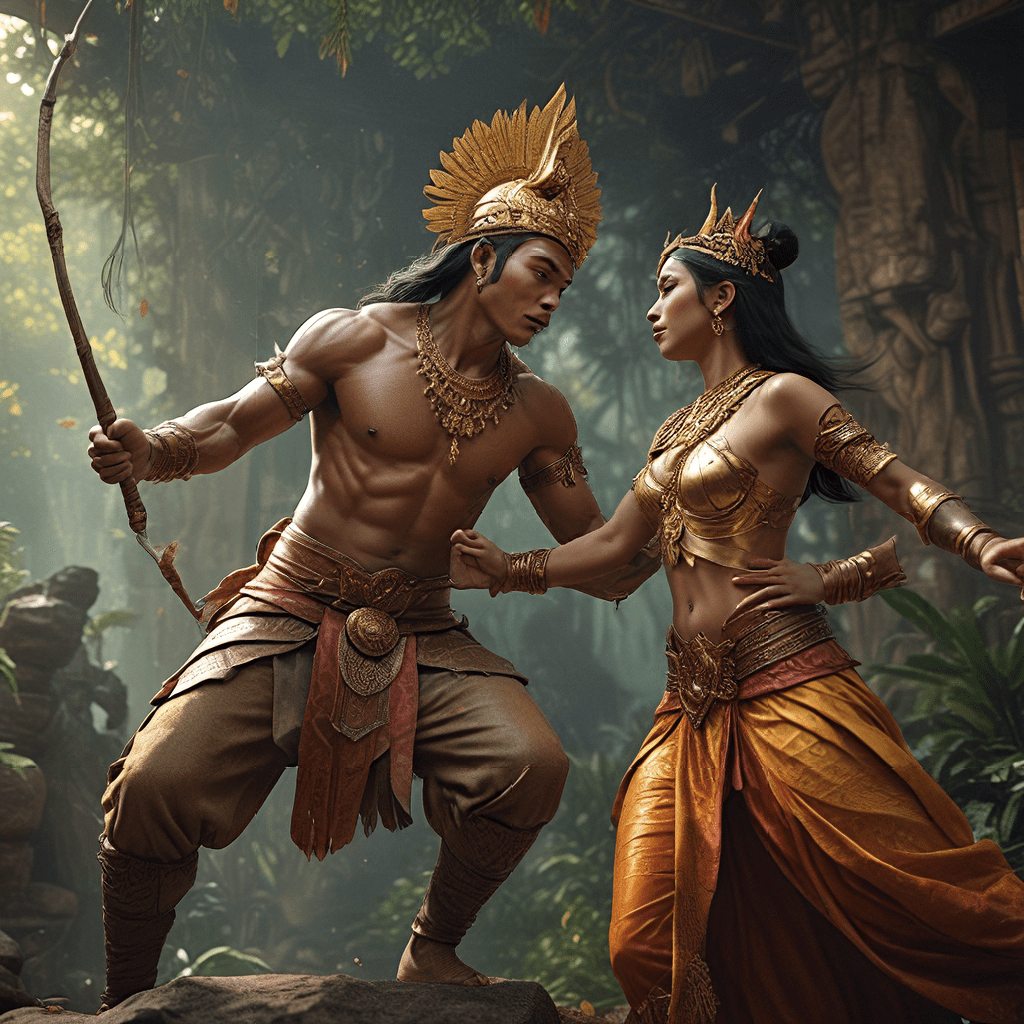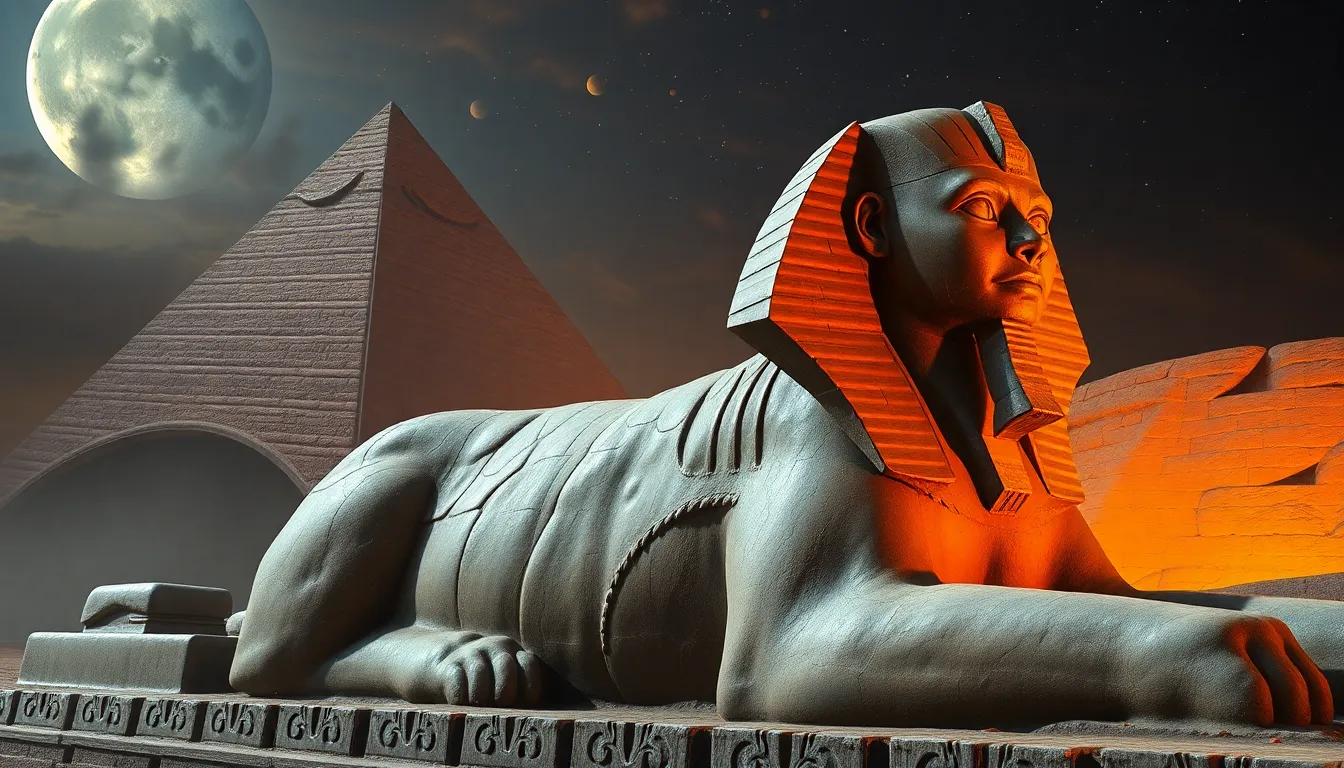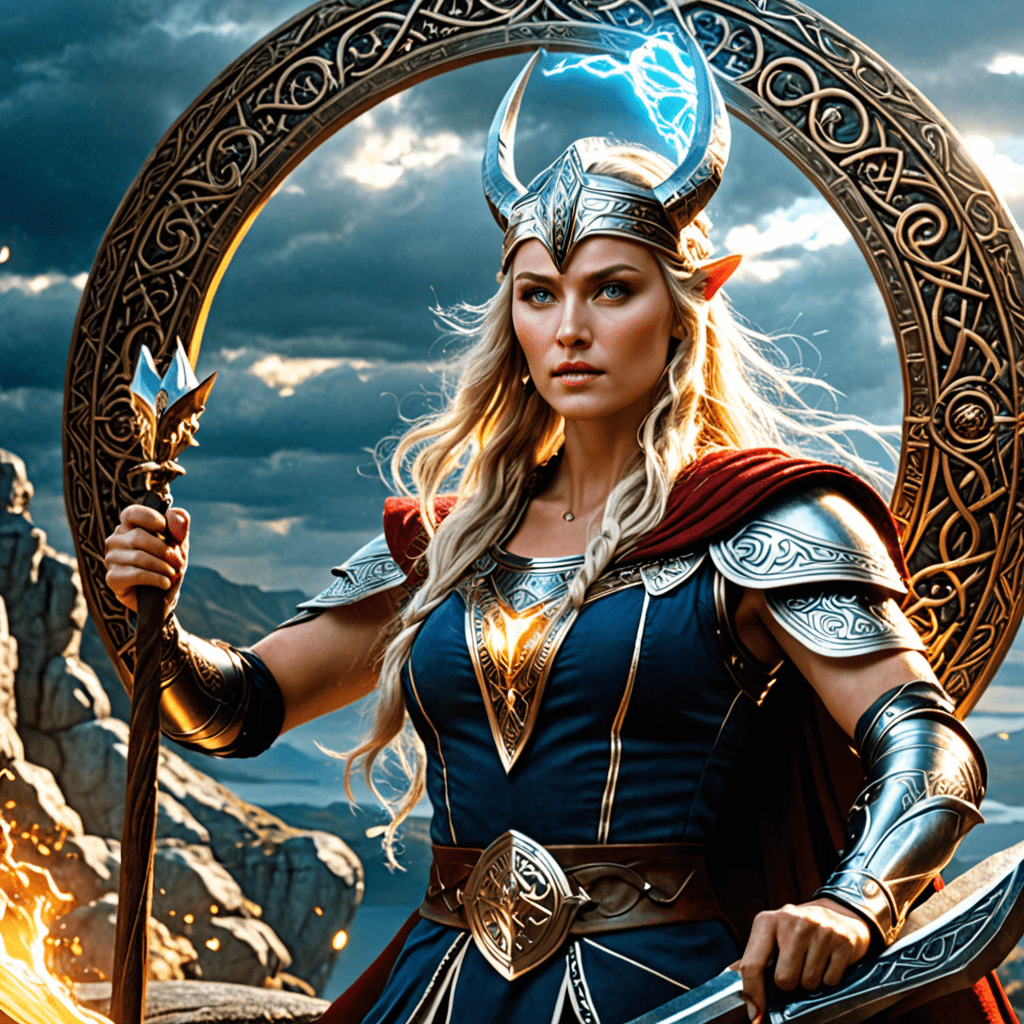The Dark Side of Mythology: Exploring Underworld Legends
Introduction to Underworld Mythology
Mythology serves as a profound reflection of human culture, beliefs, and experiences across time. It encompasses the stories and legends that explain the mysteries of existence, including the afterlife. Among the various elements of mythology, the concept of the underworld holds a prominent place, symbolizing humanity’s quest to understand death and what lies beyond. This article delves into the rich tapestry of underworld legends from various cultures, exploring their significance and impact on human experience.
The Role of the Underworld in Human Experience
The underworld is often seen as a realm where souls go after death, a place that embodies the unknown aspects of human existence. In ancient societies, the understanding of death and the afterlife was crucial, influencing rituals, beliefs, and moral codes. Here are some key functions of underworld myths:
- Understanding Mortality: Myths provide narratives that help societies come to terms with the inevitability of death.
- Social Cohesion: Shared beliefs in the afterlife can strengthen community bonds and moral frameworks.
- Psychological Comfort: These stories often offer hope, suggesting that death is not the end but a transformation.
Greek Mythology: Hades and the Journey of Souls
In Greek mythology, the underworld is personified as Hades, a realm ruled by the god of the same name. Hades is depicted as a shadowy place where souls go after death, with various regions reflecting the nature of the deceased’s life.
One of the most iconic features of Hades is the river Styx, which souls must cross to enter the underworld. This journey is facilitated by Charon, the ferryman, who requires payment in the form of an obol, a small coin placed in the mouth of the deceased.
Notable figures associated with the Greek underworld include:
- Persephone: The queen of the underworld, whose annual return to the surface symbolizes the cycle of life and death.
- Cerberus: The three-headed dog that guards the gates of Hades, preventing the escape of souls.
Norse Mythology: Hel and the Realm of the Dead
In Norse mythology, Hel is the goddess who presides over the realm of the same name, which is distinct from Valhalla, the hall of the slain. Hel is often depicted as a half-living, half-decayed figure, representing the duality of life and death.
The Norse afterlife concepts are divided primarily between Valhalla, a place for warriors who die in battle, and Hel, where those who do not meet a heroic end reside. Myths surrounding the entrance to Hel include:
- The journey of souls across the Gjallarbrú (the bridge) guarded by the giantess Modgud.
- The significance of the Norns, who control the fates of individuals, including their afterlife destinations.
Egyptian Mythology: The Duat and the Weighing of the Heart
The Duat, or the Egyptian underworld, is a complex realm where the dead journey after life. It is filled with challenges and trials that the deceased must navigate to achieve eternal life. Central to this process is the weighing of the heart ceremony, presided over by the god Osiris.
During this ceremony, the heart of the deceased is weighed against the feather of Ma’at, symbolizing truth and justice. Key deities associated with this process include:
- Anubis: The god of mummification and the afterlife, often depicted as a jackal.
- Ma’at: The goddess of truth, whose feather is used in the judgment of souls.
Mesopotamian Myths: The Descent to the Underworld
In Mesopotamian mythology, the underworld, known as Kur, is a dark and dreary realm where all souls go after death, regardless of their earthly behavior. One of the most famous myths involving the underworld is the story of Inanna’s descent.
Inanna, the goddess of love and war, descends to the underworld to confront her sister, Ereshkigal. The journey reveals the characteristics of the Mesopotamian underworld, which is marked by:
- Descriptions of a land of no return.
- The rituals and offerings made to appease the deities of the underworld.
These myths reflect the societal views of death as a universal fate, devoid of distinction between the virtuous and the wicked.
Asian Perspectives: Yama and the Cycle of Rebirth
In Hindu and Buddhist traditions, Yama is the god of death and the ruler of the underworld. These traditions emphasize the cycle of rebirth and karma, where actions in this life determine the nature of one’s next existence.
The concept of karma plays a critical role in the journey to the underworld, influencing the soul’s experiences in its next life. Key aspects include:
- The belief in reincarnation as a continuation of the soul’s journey.
- The moral implications of one’s actions affecting their fate in the afterlife.
Comparing Eastern and Western beliefs reveals a fascinating divergence in views of death and the afterlife.
Indigenous and Folk Mythologies: Local Interpretations of the Underworld
Indigenous cultures around the world have their unique interpretations of the underworld, often reflecting their relationship with nature and the cosmos.
In Native American cultures, for instance, the underworld is often seen as a place of renewal and transformation. Meanwhile, African tribal beliefs may portray the underworld as a home for ancestors, influencing the living through their spirits.
Folk tales often carry moral lessons about death and the afterlife, such as:
- The importance of honoring ancestors.
- Understanding the cycles of life and nature.
Modern Interpretations and Cultural Representations of Underworld Legends
The themes of underworld mythology continue to resonate in contemporary literature, film, and art. These ancient stories inform modern narratives about life, death, and what lies beyond, illustrating their enduring relevance.
Examples include:
- Films that depict journeys to the afterlife, such as “What Dreams May Come” and “Coco”.
- Literature that explores themes of mortality, such as Dante’s “Inferno” and Neil Gaiman’s “American Gods”.
These modern interpretations highlight the timeless nature of underworld myths and their capacity to shape human understanding of existence.



